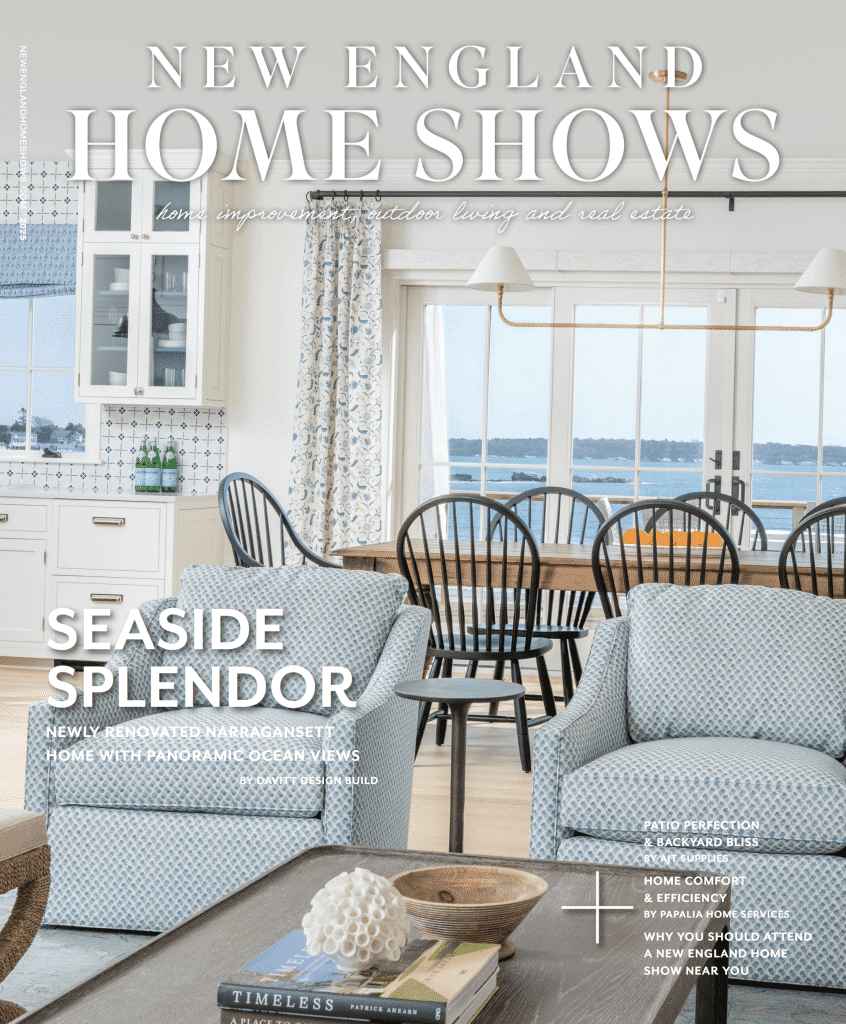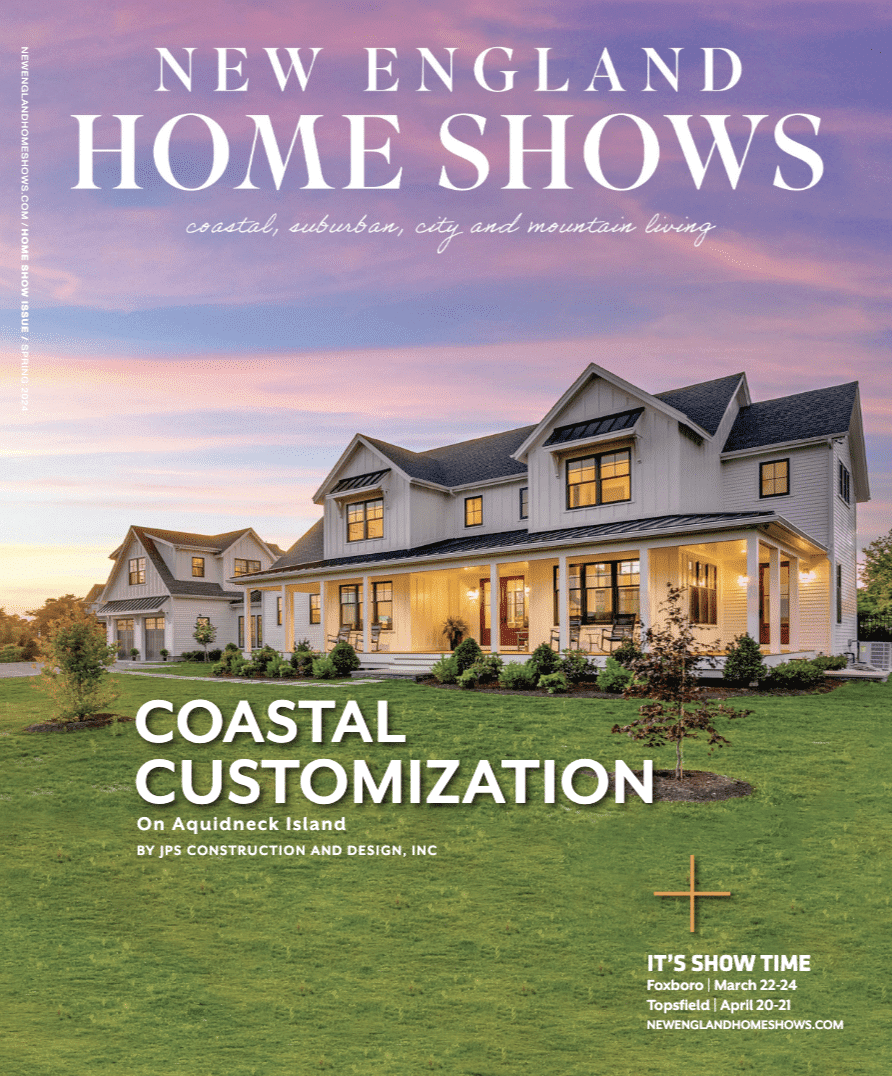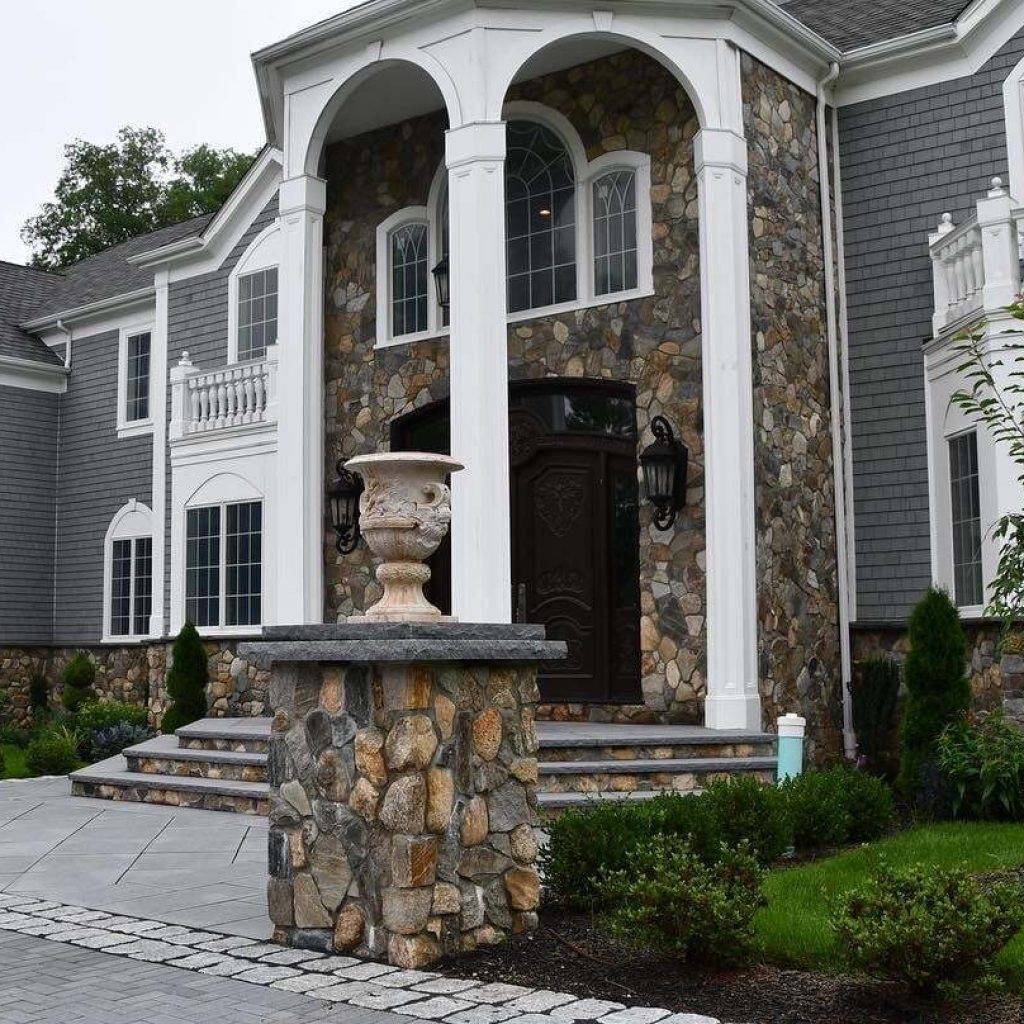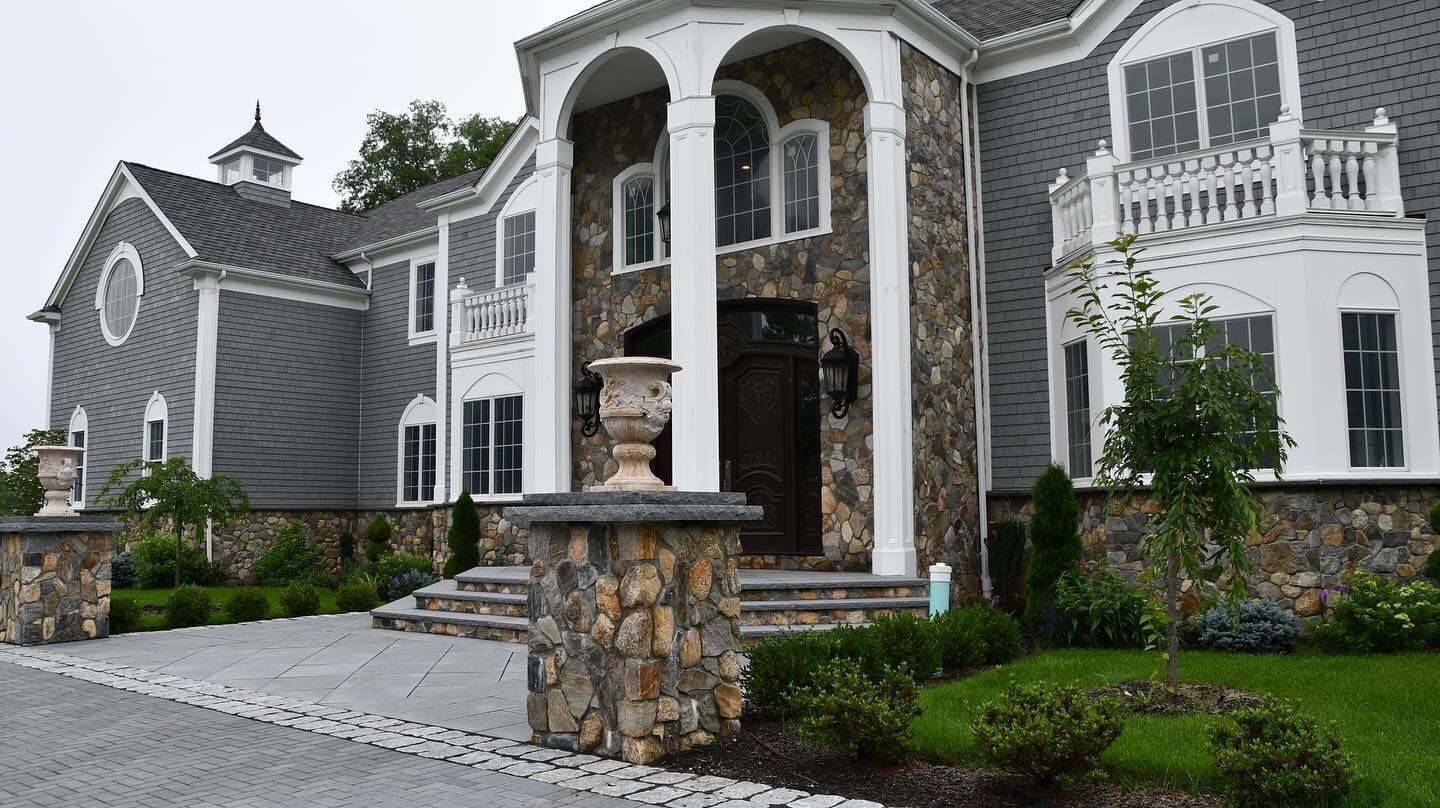When decorating your home, don’t forget to look at window treatment options. From drapes to shades to blinds, the options are practically limitless. If you feel that blinds are the way to go, consider the different types of residential blinds to help you decide which style works best for your home and windows.
Venetian Blinds
Venetian blinds are great for controlling the amount of light and privacy in a more traditional window frame. These horizontal blinds comprise multiple 2-inch slats that are typically made from plastic, aluminum, or wood. When discussing blind options, venetian blinds are bound to come up at least once.
While venetian blinds are generally safe, the cord used to open and close the blinds occasionally leads to safety issues with pets and small children. If this is a factor in your home, look for cordless options when considering venetian blinds.
Vertical Blinds
Vertical blinds comprise long thin slats that hang from the top of the window frame and slide side to side rather than up and down. This system also requires a cord to open the slats and allow light into your home or close them to ensure privacy.
When trying to decide between horizontal or vertical blinds, one of the critical factors is the type of window on which you plan to install them. Vertical blinds are ideal for large rectangular windows and sliding glass doors, thanks to the ease with which you can slide them side to side.
Rolling Blinds
When comparing the different types of residential blinds, an often-overlooked option is rolling blinds. Unlike venetian and vertical blinds, rolling blinds attach at the top of the window to drop down or curl up into one big spool. This roll makes them a safer option for homes with animals or young children, but they typically offer fewer controllable light and privacy options.
However, it should be noted that rolling blinds are good at temperature control. They keep heat in and cold out, making them a ideal for windows facing the sun or receiving regular exposure to the wind.













